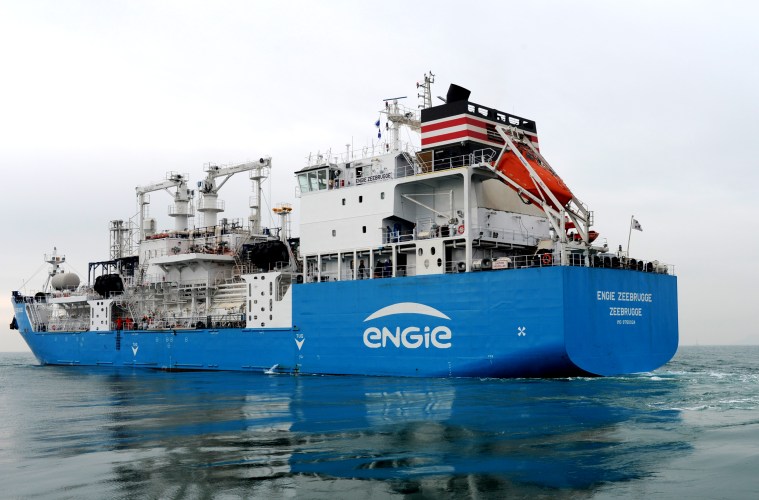
195 operations were carried out in 2019, in which 81,704 m3 of LNG was supplied. This is a very significant increase compared to the 60 operations carried out in 2018, when 4,504 m3 of LNG were supplied.
This growing trend continues in January 2020, with 35 operations carried out, in which 12,055 m3 was supplied. This increase has been possible thanks to the developments of the CORE LNGas hive project involving 42 partners coordinated by Enagás and the projects under LNGhive2 institutional strategy, Spanish flagship initiative for the LNG marine fuel market development promoted by Puertos del Estado and all of them co-financed by the European Commission.
The adaptation and new construction of LNG-powered ships, actively supported from the ports and these projects, will entail around 2-4 million tons CO2 reduction in the maritime sector over the next ten years. Spain stands as a benchmark in the supply of LNG as fuel for ships. This reality is a consequence of its geostrategic positioning and the infrastructure already in place, Spain is the country in Europe with the most LNG terminals-7. Those LNG terminals were adapted or are in the process of adaptation to provide small scale and bunkering services.
165 of these operations were truck-to-ship (gas is supplied from a tanker to the ship); while 30 were the ship-to-ship type (gas is supplied from a ship to another ship). Four supply vessels carried out the 30 ship-to-ship operations: the Coral Methane with a capacity of 7,551 m3, the Coral Fraseri with 10,000 m3, the Cardissa with 6,000 m3 and the Engie Zeebruge with a capacity of 5,000 m3.
LNG bunkering in Spain is becoming increasingly more flexible and efficient responding to the growing demand in a competitive way through supply solutions from truck, ship or terminal. As an example, multi truck-to-ship operations, as the ones which are now being carried out in the Ports of Huelva and Valencia.
Source: Corelngashive
 EN
EN  it
it

